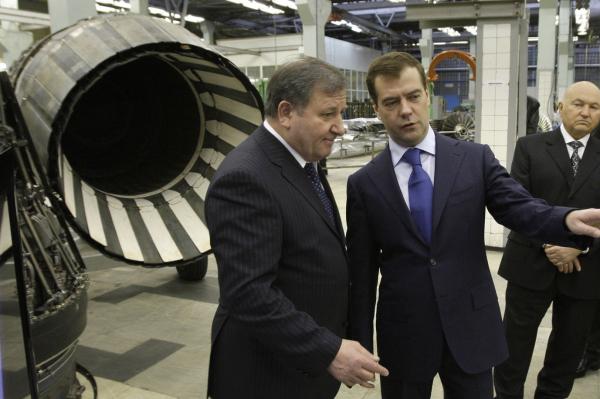Russia's economy contracted by 0.4% over the past year, authorities say, indicating that while it remained in recession it appears to be stabilizing.
The 0.4% decline in the economy registered in the third quarter followed bigger drops of 0.6% and 1.2% in the second and first quarters, respectively, Russian statistics agency Rosstat reported on November 14, news outlets reported.
The Russian central bank said on November 14 that it expected the economy to return to meager growth of between 0.2 to 0.3% in the fourth quarter. Other forecasters do not see growth returning until 2017.
Signs of a revival in growth are "still very patchy and unsteady," Russian central bank chief Elvira Nabiullina told parliament on November 14.
Russian leaders have expressed hope that US President-elect Donald Trump will consider easing economic sanctions that have crimped Russian growth since they were imposed in 2014 over Moscow's aggression in Ukraine.
The Kremlin said Trump backed a "normalization" of ties in a phone conversation with Russian President Vladimir Putin on November 14.
Despite some optimism about an easing of sanctions, however, Nabiullina said she expected "external conditions" to remain "difficult."
"The recovery may be stretched over time at present because (economic growth) factors should be different, unlike those before the oil price collapse. We understand this pretty well and speak about changing the behavior model of the economy and its development model. Economic recovery signs have surfaced by now and the Bank of Russia expects minor growth of GDP," Nabiullina said.
Potential Growth Rates
External and domestic environment for the Russian economy will be challenging in three coming years, she noted.
"We expect external environment will regrettably remain challenging for our economy and internal conditions will be tough. We do not expect any significant transformational change of the economy and buildup of its potential so far," Nabiullina said, adding that the bank may continue lowering key rate next year if base case scenario is implemented.
According to Nabiullina, potential economic growth rates are estimated below 2% unless structural changes are implemented.
"We estimate potential growth rates are below 2% if no structural changes are implemented. Therefore the most important outcome of economic adaptation to new conditions is that the economy starts testing the new development model. The task of the central bank here is to support this process and provide stable financial environment for buildup of internal sources of investments," Nabiullina said.
Export growth rates will remain low, she added.
"Export growth rates will remain low, particularly because we project conservative oil prices. The economic structure will still remain with a huge share of oil and gas export by inertia and import will recover slightly along with reviving demand," Nabiullina said.
Oil Price
The Russian Central Bank expects oil price at $40 per barrel for the next 3 years, Nabiullina said.
"We are considering several scenarios of economic development, our base scenario includes $40 per barrel in the next three years," the bank's chief explained.
The price of futures contract for Brent crude oil with January delivery fell by 1.8% to $44.96 per barrel on London’s ICE. The last time price of oil of this class was below the level of $45 per barrel was on November 9.
Capital Outflow
Net capital outflow from Russia in the period of January-October 2016 declined to only $10.4 billion, the central bank report said.
The bank’s statement read: "It is estimated that net private capital outflow has decreased fivefold to $10.4 billion. Unlike last year, when the main purpose of the net outflow was for the banks to pay off their external debts, in the January-October 2016 period the main factor was the growth of foreign financial assets in various sectors.”
Net capital outflow in the 2018-2019 period is expected to be about $25 billion.


